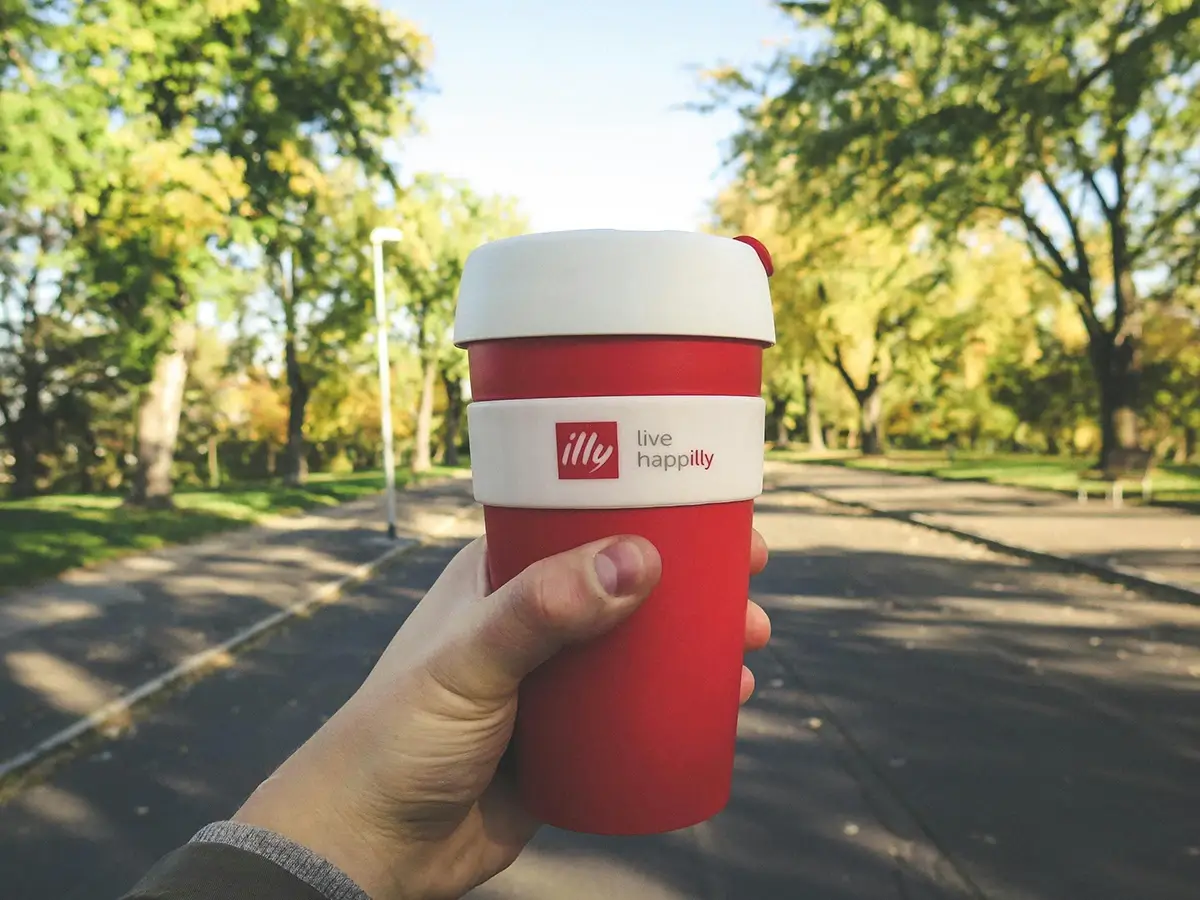If you’re building a brand, you’ve probably asked yourself, ‘What is a trademark, and do I need one?‘
In short, a trade mark is a legal way to protect your brand name, logo, slogan or anything that identifies your business and sets it apart from others. It tells the world, ‘This is a part of our business’, and helps customers know they’re buying from you, not a copycat.
A trade mark is a form of intellectual property that gives you exclusive rights to use a specific word, logo, slogan or other unique identifiers for your goods or services. It helps distinguish your business from others and protects your brand in the marketplace.
Think of well-known names like Coca-Cola or Nike. Their name, logo, shape of the bottle, and infamous tick are all registered trade marks. When you see them, you instantly recognise their branding and know who you are dealing with.
What can be trade marked?
A trade mark can cover a variety of brand elements, such as:
- A business name
- A logo or symbol
- A slogan
- A specific shape, sound, scent or colour
For example, if you design a unique logo for your tech company or coin a phrase for your services, registering it protects it from being copied or misused by others.
What is meant by exclusive rights?
Exclusive rights mean that only you have the legal right to use your registered trade mark for the specific goods or services it covers. No one else can use a similar name, logo, or symbol in a way that could confuse customers. It protects your brand and prevents imitation.
What can’t be trade marked?
Not everything can be trade marked. You can’t register something that’s too generic, like the word “bread” for a bakery, or something that directly describes your product or service. Marks that are misleading, offensive or too similar to existing trade marks are also not allowed.
Common surnames, geographic names and everyday phrases may be rejected. Your trade mark must be unique enough to identify your brand and set it apart from others in the market.

How to register a trade mark in Australia
To secure your legal rights, you must register your trade mark with IP Australia (the official trademark office).
The process involves:
- Searching the trade mark register to ensure your mark isn’t already taken.
- Selecting the correct classes for your goods or services.
- Submitting an application, which will be examined for eligibility.
Once accepted, your registered trade mark is valid for a certain period (10 years) and can be renewed indefinitely. You can then officially use the ™ symbol next to your slogan, business name or trade marked concept.
How can trade mark be extended internationally?
To extend your trade mark internationally, you can use the Madrid Protocol, which allows you to file one application through your home country’s IP office (like IP Australia) to seek protection in multiple member countries.
Alternatively, you can file separate trade mark applications directly in each country where you want protection. International registration can be costly and complex, so it’s wise to consult a trade mark attorney to plan the best strategy for your business.
What are some challenges with trade mark applications?
Trade marking can be complex. Challenges include choosing the right classes, ensuring your trade mark is unique, and avoiding conflicts with existing marks. Applications can be rejected if the trade mark is too descriptive or similar to others.
Costs add up if you need multiple classes or international protection. Maintaining and enforcing your trade mark also requires ongoing effort. If not used correctly, it can even be removed for non-use after a few years.
What if another business uses my trade marked item?
If another business uses your registered trade mark without permission, you can take action. Start with a cease and desist letter. If the issue continues, you can file a legal claim for trade mark infringement. The court may award damages or order the other business to stop using your mark. Registered trade marks give you the exclusive right to use your brand, making enforcement more effective and protecting your business reputation.
How does a trade mark add value to a business?
A registered trade mark builds trust with your customers, creates strong brand recognition and adds tangible value to your company. It also signals professionalism and helps prevent competitors from capitalising on your identity. For investors and partners, it’s a sign that your business is serious and legally protected.
How much does it cost?
The cost depends on how many classes you apply for, but expect to pay $250–$400 per class. If you plan to protect your trade mark in other countries, you’ll also need to consider international registration through systems like the World Trade Organisation, International Trademark Association or United States Patent and Trademark Office.

What is a trade mark class in a trade mark application?
When you apply to register a trade mark in Australia (and most other countries), you must specify what goods or services your trade mark will cover. These are grouped into classes, using an international system called the Nice Classification.
There are 45 classes in total:
- Classes 1–34: Products/goods (clothing, food, tech)
- Classes 35–45: Services (retail, legal, education)
You choose the class(es) based on what your business sells or does, for example:
- A clothing brand = Class 25 (clothing)
- A café = Class 43 (food & drink services)
- An online store = Class 35 (retail services)
What are the risks if we don’t trade mark our business name or concept?
Without a registered trade mark, you risk losing control of your brand. Someone else could register your business name, logo, or even domain name, leaving you with little legal protection and the potential for costly rebranding. You may also have trouble selling or licensing your brand down the line.
Do intellectual property rights still exist if there is no trade mark in place?
Yes, intellectual property rights can still exist without a registered trade mark. For example, common law rights arise from using a brand or logo in business, offering some protection based on reputation and actual use. Other types of intellectual property, like copyright and patents, also provide protection independently of trade marks. However, registering a trade mark gives stronger, clearer legal rights and easier enforcement.
What happens if a business has a similar concept to ours, but has not been trade marked?
If another business has a similar name, logo or concept but hasn’t registered a trade mark, you may still be able to register yours, especially if you’re first and your trade mark is distinctive. However, if they’ve been using it publicly for some time, they might have common law rights (based on use, not registration), or may decide to file a trade mark opposition. This can lead to disputes over who used it first. It’s wise to seek legal advice before proceeding.
Dealing with trade mark disputes
Disputes can happen. Someone may claim your trade mark is too similar to theirs, or you may need to stop someone from using yours. A skilled IP lawyer can help manage the situation, whether through negotiation or legal action, ensuring your rights are enforced.
Trade mark disputes can often be resolved through negotiation or mediation. Start by sending a cease and desist letter. If that fails, legal action may be necessary. Always seek legal advice to protect your rights and ensure your trade mark is enforced fairly and effectively.
How can an intellectual property lawyer help with the trade mark process?
Trade mark law can be complex. An IP lawyer can:
- Help you choose a strong, registrable mark
- Assist with the application process
- Advise on intellectual property rights in other countries
- Provide long-term brand protection
- Handle any infringement issues or disputes
This ensures your brand is protected from day one, and that your valuable asset remains yours.
How Actuate IP can assist you with your trade mark
As experienced IP lawyers, we support trademark owners throughout the entire lifecycle of a trade mark, from research and registration to defence and dispute resolution. Whether you’re launching a new brand or protecting an established one, we can provide the strategic guidance you need.
Need advice, protection, or help with a trademark issue? Get in touch with a free initial consultation; your brand deserves the strongest legal protection.
